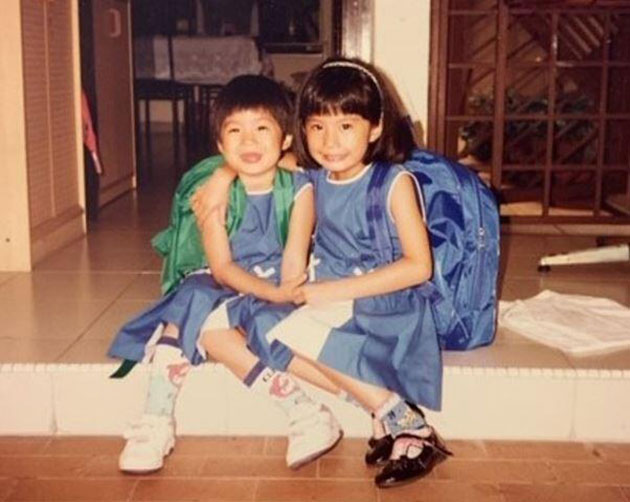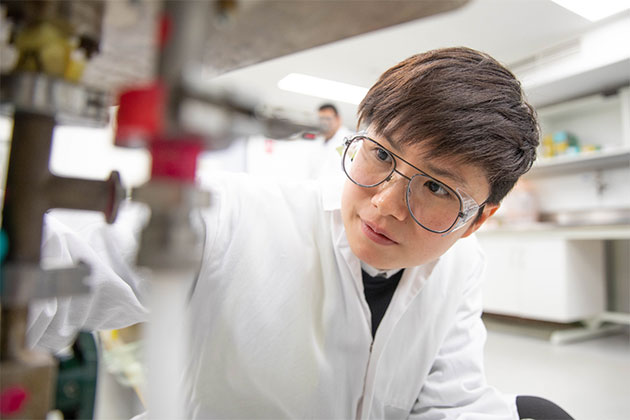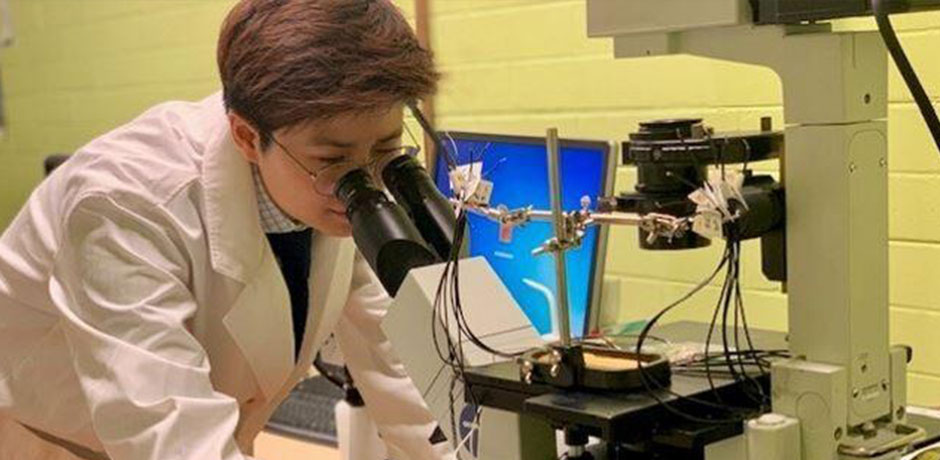Gender — Race & Ethnicity — LGBTQ+
Becoming the professional role model she never had
Finding a place where her differences were celebrated made all the difference for this driven engineer and STEM advocate.
Nicolette Gan is a composites research engineer at Boeing Research & Technology in Melbourne, Australia. Nicolette is a member of the Boeing Australia Pride Working Group, which is working to stand up the first international chapter of the Boeing Employees Pride Alliance (BEPA) across Australia early next year.
“Growing up in Singapore, I was very different, and I knew it. I didn’t see anyone like myself pursuing math and science.
“Engineering has been a passion of mine since I was six years old. A lot of LGBTQIA+ people were successful in the arts in Singapore, but I hadn’t seen LGBTQIA+ in engineering. I thought, let me be the first one.

Photo courtesy Nicolette Gan
“I was never ashamed of who I was. I didn’t change myself to be something I’m not.”
“I went to church with my mom one day when I was 17 years old and this pastor said that all LGBTQIA+ people should go to conversion therapy. I walked out. My mom followed me. She didn’t say that she agreed or disagreed; we just kept quiet. That incident really motivated me to do my best and to do a lot of things in life. I wanted to be an engineer, and I wanted to be the best engineer I could be and pursue it to the highest level.
“I moved to Melbourne at 18 years old and met the first person like me in engineering. She worked at Boeing and was successful and happy living her life this way. I aspired to be like her. She motivated me to pursue my PhD in the field of microfluidics, actually. I worked to introduce a novel cooling system for power electronic devices. I incorporated tiny magnets along the device that magnetic liquid flows through, helping to create movement in the mixture and cool down a device, similar to how you would blow on your food to cool it down. I found this method to be 400 to 500% better than using water to cool down a device, and my research is being incorporated into a project designing devices with a super microchip.
“Boeing offered interesting opportunities in Melbourne, and the team at Boeing Research & Technology are all very driven people. I thought, I’ll give it a shot and see if I can further my skills in a different field.

“Working with engineers, they don’t see me as different. We’re logical and systematic. We’re here to solve problems, not judge people. So I’ve been quite lucky in that way. I hope everyone views me as an engineer regardless of gender or how I identify.
“Since I only saw one person like me very late into my education, I want to present some sort of visibility to younger people or even people who aren’t ready to come out yet, to see another person living a fulfilling life and not too worried about what people think or society says.
“Earlier this year, I went back to Singapore and reached out to my all-girls high school as part of my STEM outreach. I shared my story to inspire more young women to pursue math and science. I’m not a girl with long hair, I look kind of different, and I’m pursuing engineering at a good company. I can make a huge difference just by being my authentic self and bringing my unique lens to this important work.
“You can still be an engineer, which the world needs, because we’re here to solve problems.”
